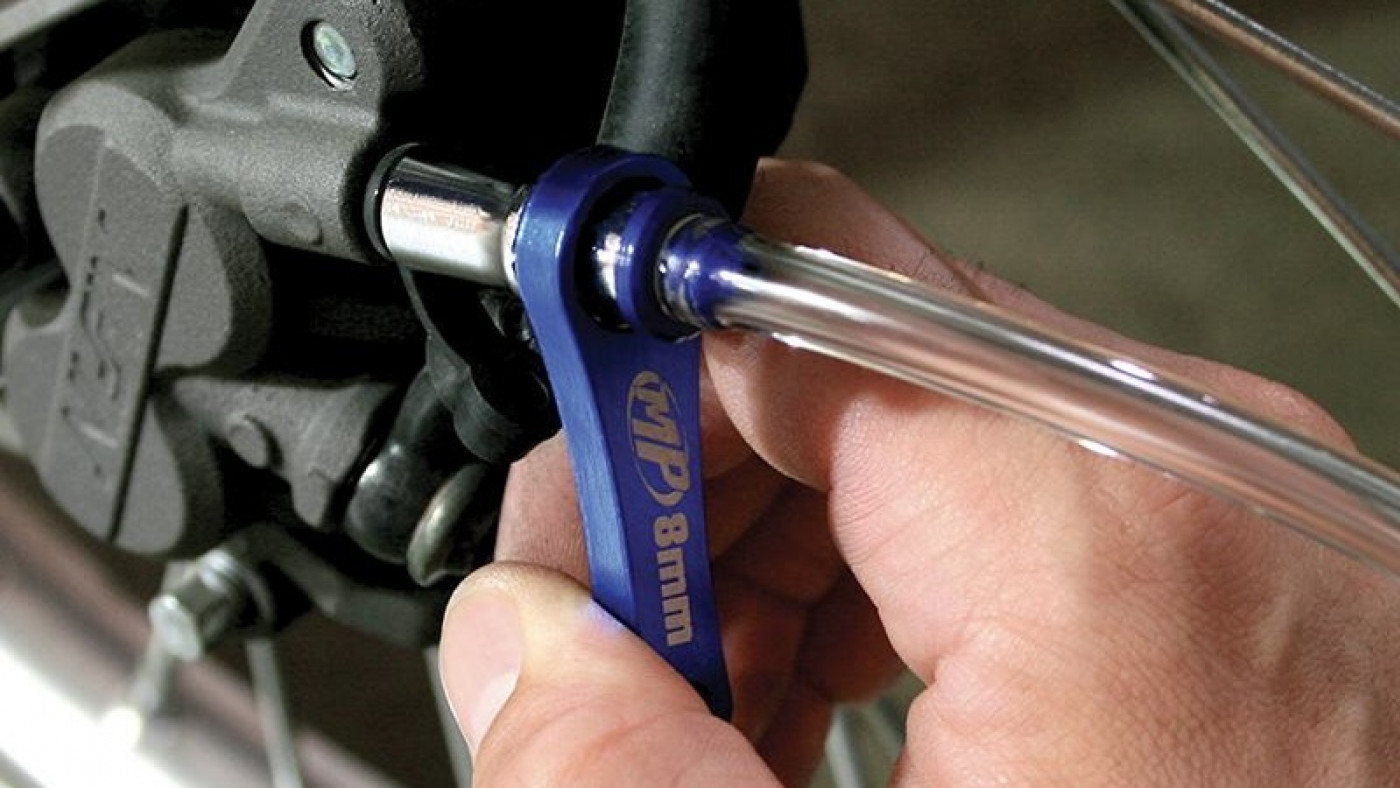Today, we look at the brake fluid in your bike. What types there are and which one is best for you.
The four most common grades of brake fluid are DOT 3, DOT 4, DOT 5, and DOT 5.1. Each grade is manufactured to a specific performance standard. DOT 3, 4, and 5.1 are glycol-ether based, and DOT 5 is silicone based. In general, the higher the number, the boiling point of the fluid (more on this later). Fresh and clean brake fluid will have a higher boiling point than old and dirty fluid.
Before we dive into how that happens, let’s start by understanding what brake fluid does. Brake fluid is a hydraulic fluid that transmits the force from pulling the brake lever (or stepping on the brake pedal) through the brake lines to activate the pistons in the brake caliper to force the pads together and squeeze the rotor, slowing down the rotation of the wheel.
If you only remember one thing after reading this tech talk, it should be that brake fluid goes bad over time and needs to be periodically replaced.
Grade | “Clean” Boiling Point | “Dirty” Boiling Point |
| DOT 3 | 401°F (205°C) | 284°F (140°C) |
| DOT 4 | 446°F (230°C) | 311°F (155°C) |
| DOT 5.1 | 518°F (270°C) | 374°F (190°C) |
| DOT 5 | 500°F (260°C) | 356°F (180°C) |
In a pinch, you can mix any of the glycol-ether based fluids (DOT 3, 4, and 5.1) without issues, but the boiling point of the mixture will be that of the lowest grade. Because DOT 5 brake fluid is silicone based, it should never be mixed with any of the other grades
Over time, brake fluid picks up water and other contaminants that reduce the performance of the fluid and can cause other issues. Brake lines may sweat under hard use, particles may leach into the fluid, and moisture from the surrounding air may penetrate the brake system and get absorbed by the brake fluid. Contaminants reduce the boiling point of the fluid and cause corrosion in the caliper and other fittings.
Under spirited riding, your brakes will get hot from slowing down your bike. This heat transfers from the pads to the caliper and the fluid. When it gets so hot that the brake fluid boils, it can no longer effectively transmit braking force. This causes very poor brake performance, creates a spongy feel with the brake controls, and can create brake drag.
If you haven’t serviced your brakes in 4 years or more, it’s time to do so. It is a simple task to rebuild the calipers, replace the brake lines (these go bad too), and fill up with fresh brake fluid. We highly recommend DOT 4 for most applications.
Although not necessary for street riding, if you do choose to use the silicone based DOT 5 fluid, you will need to take extra care to avoid mixing with glycol-ether based fluids. You will need to rebuild the calipers and replace the brake lines to remove all traces of glycol-ether based fluids.
A great time to perform this service is when you are preparing to store your bike for the winter, or in the spring when you get your bike out of storage to prepare for a new season of great riding.
